




1
2
3








Phenakistiscope
The magic of motion
sensation!
Belgium, 1832
Recently, French physicist Joseph Plato invented an amazing device that allows you to create the illusion of living pictures. This new invention was the FENAKISTISCOPE, designed to shock the public consciousness with its amazing capabilities.
Phenakistiscope is a disk with holes around the perimeter and a set of images that, when rotated, create the illusion of movement. The device allows you to see a momentary change of pictures, forming clear and continuous animation effects.
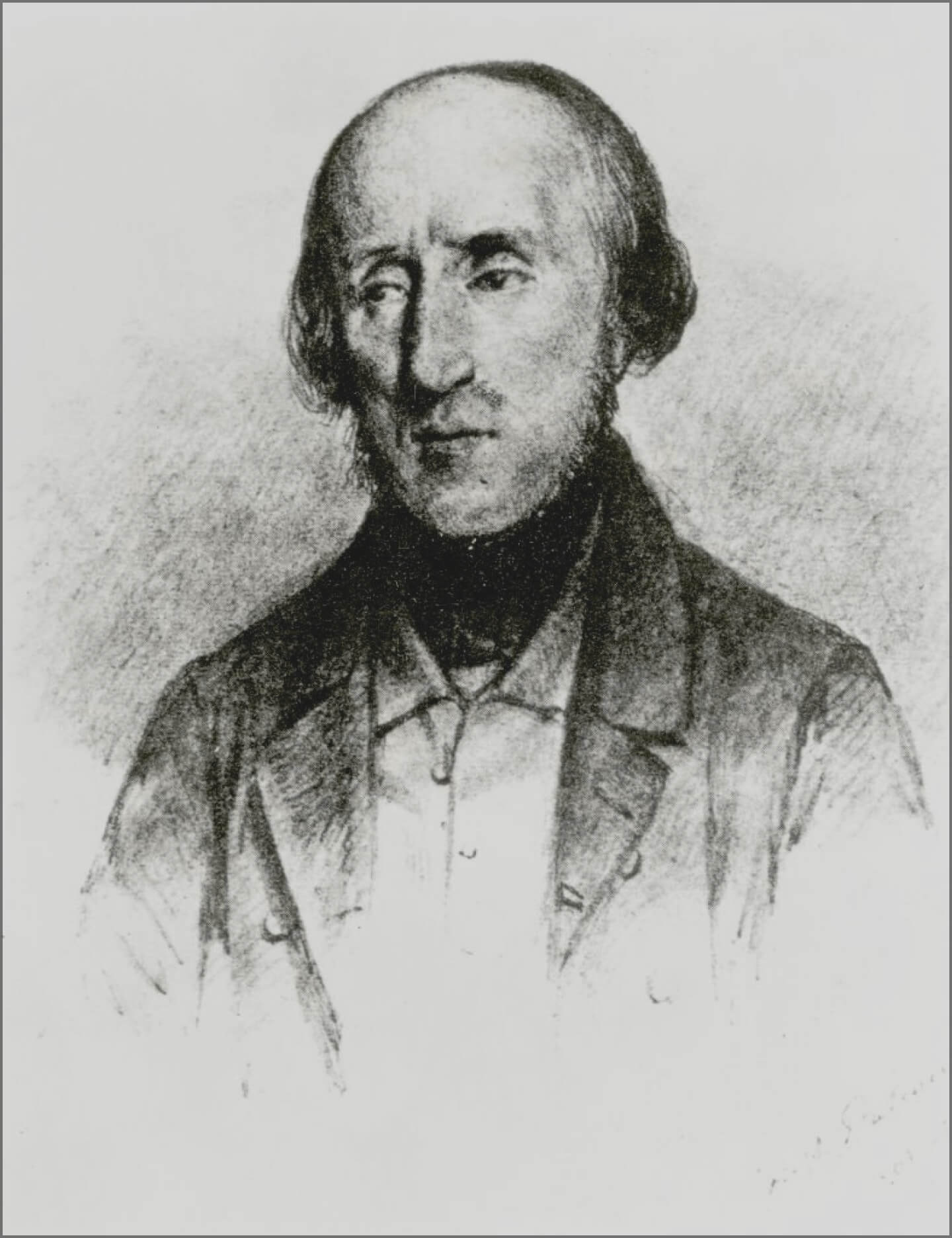
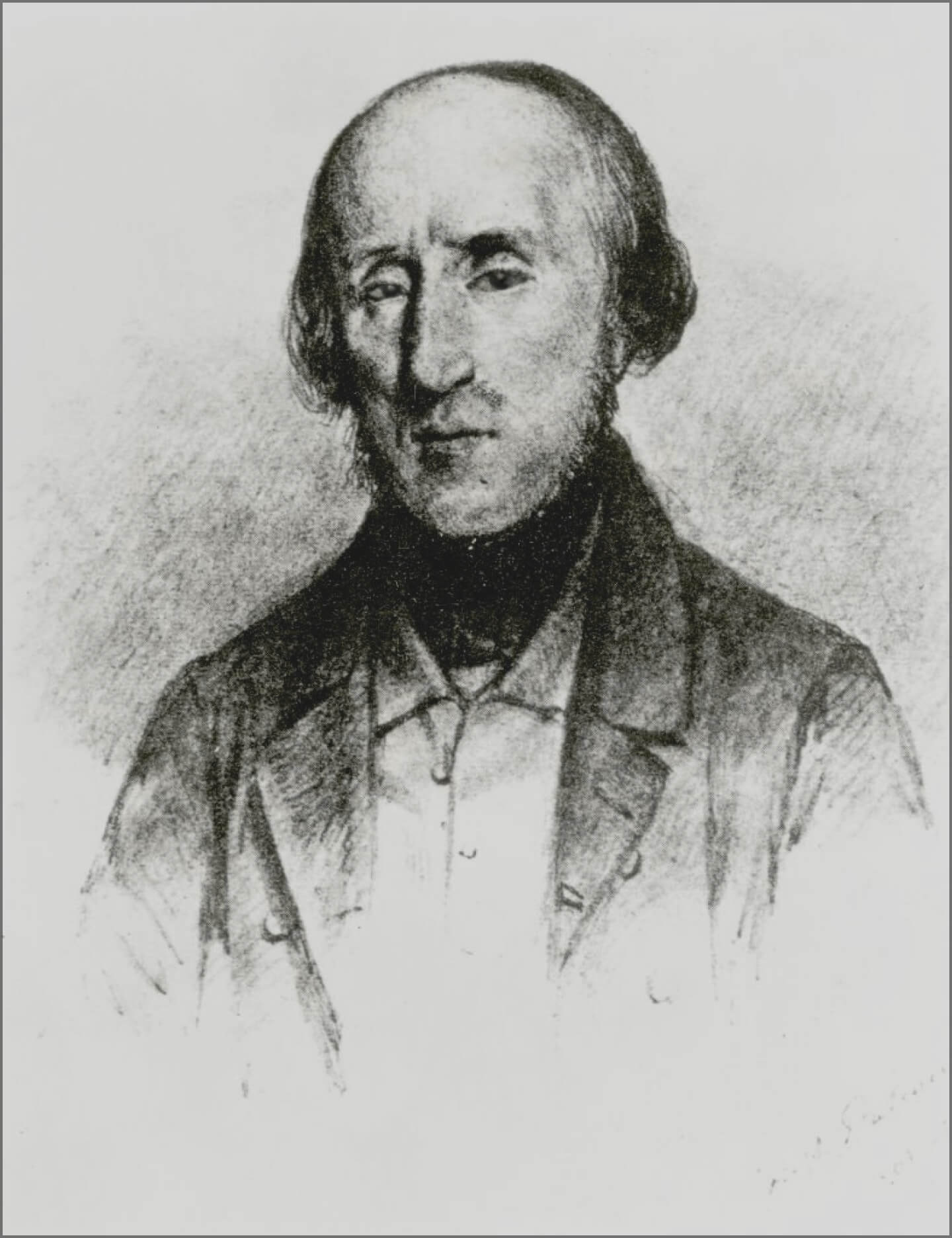
The phenakistiscope has become a sensation, wowing the world with its uncanny ability to bring static images to life. Fans of art and science marvel at this device, which allows you to create the illusion of living moving pictures in your own home.
However, despite the public's excitement, the creators of the phenakistiscope have a hard time envisioning the future possibilities of this invention. Many argue that this is just the beginning of a new era in the visual arts, an era that will bring startling changes to the world and entertainment as we know it.
The phenakistiscope is proof that humanity is only beginning to realize the potential of science and technology. This invention laid the foundation for future advances in the visual arts, and its impact on society will continue for centuries to come. We can hardly imagine the amazing discoveries yet to come.

Creator Joseph Plateau
about how your device works
"The apparatus consists of a cardboard disk with holes cut in it. Figures are drawn on one side of the disk. When the disk is rotated around an axis in front of the mirror, the figures viewed through the holes in the mirror do not appear to rotate with the disk, but, on the contrary, they seem to be completely independent and make movements that are inherent to them.
The principle on which this optical deception is based is very simple. If several objects, constantly changing their shape and position, appear successively before the eyes at very short intervals of time and at a small distance from each other, the images which they cause on the retina will merge without mixing, and the person will think that he has seen an object constantly changing its shape and position.

Zootrop:
new breakthrough
in the world of visual art!

This discovery ushers in a new era in the history of entertainment and education, giving us the unique opportunity to revisit familiar images and bring them to life.
Without a doubt, the invention of the zootrope opens a new path in the development of visual art.
We are confident that Zootrope and its latest developments will be an integral part of the future, promising many more amazing discoveries and creative experiments.
All hail the great inventor and his amazing zoetrope that promises to change the way we look at the art world!
UK, 1865
Recently, it was announced that an amazing device called “ZOOTROP” has been created. This incredible invention, developed by British engineer William George Gorner, has created a real sensation in the world of science and entertainment.
The zoetrope is a rotating cylinder with holes, the inner sides of which are covered with images. As the cylinder rotates rapidly, the illusion of movement is created, and the viewers observe picturesque scenes that seem to come to life and go beyond the frames of static images.





















Phenakistiscope
The magic of motion
sensation!
Belgium, 1832
Recently, French physicist Joseph Plato invented an amazing device that allows you to create the illusion of living pictures. This new invention was the FENAKISTISCOPE, designed to shock the public consciousness with its amazing capabilities.
Phenakistiscope is a disk with holes around the perimeter and a set of images that, when rotated, create the illusion of movement. The device allows you to see a momentary change of pictures, forming clear and continuous animation effects.


The phenakistiscope has become a sensation, wowing the world with its uncanny ability to bring static images to life. Fans of art and science marvel at this device, which allows you to create the illusion of living moving pictures in your own home.
However, despite the public's excitement, the creators of the phenakistiscope have a hard time envisioning the future possibilities of this invention. Many argue that this is just the beginning of a new era in the visual arts, an era that will bring startling changes to the world and entertainment as we know it.
The phenakistiscope is proof that humanity is only beginning to realize the potential of science and technology. This invention laid the foundation for future advances in the visual arts, and its impact on society will continue for centuries to come. We can hardly imagine the amazing discoveries yet to come.

Creator Joseph Plateau
about how his device works
"The apparatus consists of a cardboard disk with holes cut in it. Figures are drawn on one side of the disk. When the disk is rotated around an axis in front of the mirror, the figures viewed through the holes in the mirror do not appear to rotate with the disk, but, on the contrary, they seem to be completely independent and make movements that are inherent to them.
The principle on which this optical deception is based is very simple. If several objects, constantly changing their shape and position, appear successively before the eyes at very short intervals of time and at a small distance from each other, the images which they cause on the retina will merge without mixing, and the person will think that he has seen an object constantly changing its shape and position.

Zootrop:
new breakthrough
in the world of visual art!

This discovery ushers in a new era in the history of entertainment and education, giving us the unique opportunity to revisit familiar images and bring them to life.
Without a doubt, the invention of the zootrope opens a new path in the development of visual art.
We are confident that Zootrope and its latest developments will be an integral part of the future, promising many more amazing discoveries and creative experiments.
All hail the great inventor and his amazing zoetrope that promises to change the way we look at the art world!
UK, 1865
Recently, it was announced that an amazing device called “ZOOTROP” has been created. This incredible invention, developed by British engineer William George Gorner, has created a real sensation in the world of science and entertainment.
The zoetrope is a rotating cylinder with holes, the inner sides of which are covered with images. As the cylinder rotates rapidly, the illusion of movement is created, and the viewers observe picturesque scenes that seem to come to life and go beyond the frames of static images.






















A sensational discovery in the world of photography:
Controversy over the creation of a frame-by-frame shot of a horse
Controversy over the creation of a frame-by-frame shot of a horse
4 hooves above the ground, or how great discoveries are made
Along the running track there was a long white wall on one side and 12 booths with cameras on the other. The guillotine shutters of all the cameras were connected to threads stretched across the track at regular intervals. A running horse would tear the threads with its legs, alternately triggering the cameras, each of which recorded a separate phase of motion with a shutter speed of 1/25 second.
Former California Governor Leland Stanford argued with two horse racing fans D. Kane and F. McCrellish. The subject of the wager, worth 25 THOUSAND DOLLARS, was whether a horse during a gallop would lift all four legs off the ground at the same time. Edward Maybridge was hired to settle this dispute. The governor built a "photodrome" on his farm for the photographer's experiments.



For photography, the wet collodion photographic process was used, requiring the preparation of photographic plates immediately before shooting and their immediate development. Separate camera booths were designed to allow 12 assistants to simultaneously process photographic material for shooting. Their work began on a signal whistle, ensuring synchronized readiness.
The pleasure is quite expensive, but the result of the experience was a series of photographs that recorded the individual phases of movement of a horse named Sally Gardner, one of which clearly shows the moment of detachment of all four legs.
The dispute was resolved and, subsequently, the technology was so improved that it led to the creation of the motion picture camera.
An amazing story about the dispute between former California Governor Leland Stanford and Etienne-Jules Marais was recently published. This dispute captured the world's attention when it was revealed that the first still photograph of a horse had been created.
they say that only fools argue... Sometimes, thanks to such foolishness, great things happen.
















The controversy began in 1872, when English photographer Leland Stanford and French photographer Etienne-Jules Marais challenged each other to competition in creating a frame-by-frame photograph of a horse on the gallop.
Both photographers were confident in their skills and ability to do something unique and unprecedented.
After many failures and experiments, in 1878 Leland Stanford was able to complete his creation, a series of still photographs of a horse at a gallop. Each frame reflected the horse in motion, creating an amazing illustration of its galloping movements.
After many failures and experiments, in 1878 Leland Stanford was able to complete his creation, a series of still photographs of a horse at a gallop. Each frame reflected the horse in motion, creating an amazing illustration of its galloping movements.

A sensational discovery in the world of photography:
Controversy over the creation of a frame-by-frame shot of a horse
Controversy over the creation of a frame-by-frame shot of a horse
4 hooves above the ground, or how great discoveries are made
Along the running track there was a long white wall on one side and 12 booths with cameras on the other. The guillotine shutters of all the cameras were connected to threads stretched across the track at regular intervals. A running horse would tear the threads with its legs, alternately triggering the cameras, each of which recorded a separate phase of motion with a shutter speed of 1/25 second.
Former California Governor Leland Stanford argued with two horse racing fans D. Kane and F. McCrellish. The subject of the wager, worth 25 THOUSAND DOLLARS, was whether a horse during a gallop would lift all four legs off the ground at the same time. Edward Maybridge was hired to settle this dispute. The governor built a "photodrome" on his farm for the photographer's experiments.



For photography, the wet collodion photographic process was used, requiring the preparation of photographic plates immediately before shooting and their immediate development. Separate camera booths were designed to allow 12 assistants to simultaneously process photographic material for shooting. Their work began on a signal whistle, ensuring synchronized readiness.
The pleasure is quite expensive, but the result of the experience was a series of photographs that recorded the individual phases of movement of a horse named Sally Gardner, one of which clearly shows the moment of detachment of all four legs.
The dispute was resolved and, subsequently, the technology was so improved that it led to the creation of the motion picture camera.
An amazing story about the dispute between former California Governor Leland Stanford and Etienne-Jules Marais was recently published. This dispute captured the world's attention when it was revealed that the first still photograph of a horse had been created.
they say that only fools argue... Sometimes, thanks to such foolishness, great things happen.















The controversy began in 1872, when English photographer Leland Stanford and French photographer Etienne-Jules Marais challenged each other to competition in creating a frame-by-frame photograph of a horse on the gallop.
Both photographers were confident in their skills and ability to do something unique and unprecedented.
After many failures and experiments, in 1878 Leland Stanford was able to complete his creation, a series of still photographs of a horse at a gallop. Each frame reflected the horse in motion, creating an amazing illustration of its galloping movements.
After many failures and experiments, in 1878 Leland Stanford was able to complete his creation, a series of still photographs of a horse at a gallop.

In France, brothers Auguste and Louis Lumière created an apparatus called the CINEMATOGRAPH, which was an improvement on Edison's Kinetoscope.
The first fully commercial session of the Cinematograph took place six months later in the Indian salon "Grand Café" on the Boulevard Capuchinok in Paris. At the session, 10 short films of no more than one minute were shown. The first staged film comedy, The Watered Sprinkler, for which the first ever movie poster was created, was also shown there.
the
world
news


the first movie!
newspapers are no longer needed...?
The first film by Auguste and Louis Lumière, THE ARRIVAL OF A TRAIN AT LA CIOTAT STATION, premiered. Before this film, the Lumière brothers had shot other films that were more akin to everyday photographs.
The biggest delight of the audience was the movie "Arrival of the Train". The visitors of the Paris "Grand Café" experienced a terrible moment: FROM THE DEPTHS OF THE SCREEN A HUGE TRAIN WAS MOVING TOWARDS THEM!
"The Cinematograph proved to be more portable and practical than both of Edison's devices, as it combined a camera, movie processor, and projector at the same time. Unlike Edison's Kinetoscope, which could only show movies to one person, the Cinematograph allowed simultaneous viewing for multiple people.
On March 22, 1895, the public was introduced to a demonstration of the work of the Cinématographe in the hall of the house 44 on the Rue Rennes in Paris. The Lumière brothers showed the movie "Employees Leaving the Lumière Factory." The plot was simple and consisted entirely in the title of the picture, but the audience was delighted. Soon the world saw another Lumière film, the more famous "Arrival of the Train at La Ciotat Station".
THE LUMIRE BROTHERS show a NEW FILM

December 28, 1895















In France, brothers Auguste and Louis Lumière created an apparatus called the CINEMATOGRAPH, which was an improvement on Edison's Kinetoscope.
The first fully commercial session of the Cinematograph took place six months later in the Indian salon "Grand Café" on the Boulevard Capuchinok in Paris. At the session, 10 short films of no more than one minute were shown. The first staged film comedy, The Watered Sprinkler, for which the first ever movie poster was created, was also shown there.
the
world
news


the first movie!
newspapers are no longer needed...?
The first film by Auguste and Louis Lumière, THE ARRIVAL OF A TRAIN AT LA CIOTAT STATION, premiered. Before this film, the Lumière brothers had shot other films that were more akin to everyday photographs.
The biggest delight of the audience was the movie "Arrival of the Train". The visitors of the Paris "Grand Café" experienced a terrible moment: FROM THE DEPTHS OF THE SCREEN A HUGE TRAIN WAS MOVING TOWARDS THEM!
"The Cinematograph proved to be more portable and practical than both of Edison's devices, as it combined a camera, movie processor, and projector at the same time. Unlike Edison's Kinetoscope, which could only show movies to one person, the Cinematograph allowed simultaneous viewing for multiple people.
On March 22, 1895, the public was introduced to a demonstration of the work of the Cinématographe in the hall of the house 44 on the Rue Rennes in Paris. The Lumière brothers showed the movie "Employees Leaving the Lumière Factory." The plot was simple and consisted entirely in the title of the picture, but the audience was delighted. Soon the world saw another Lumière film, the more famous "Arrival of the Train at La Ciotat Station".
THE LUMIRE BROTHERS show a NEW FILM

December 28, 1895
















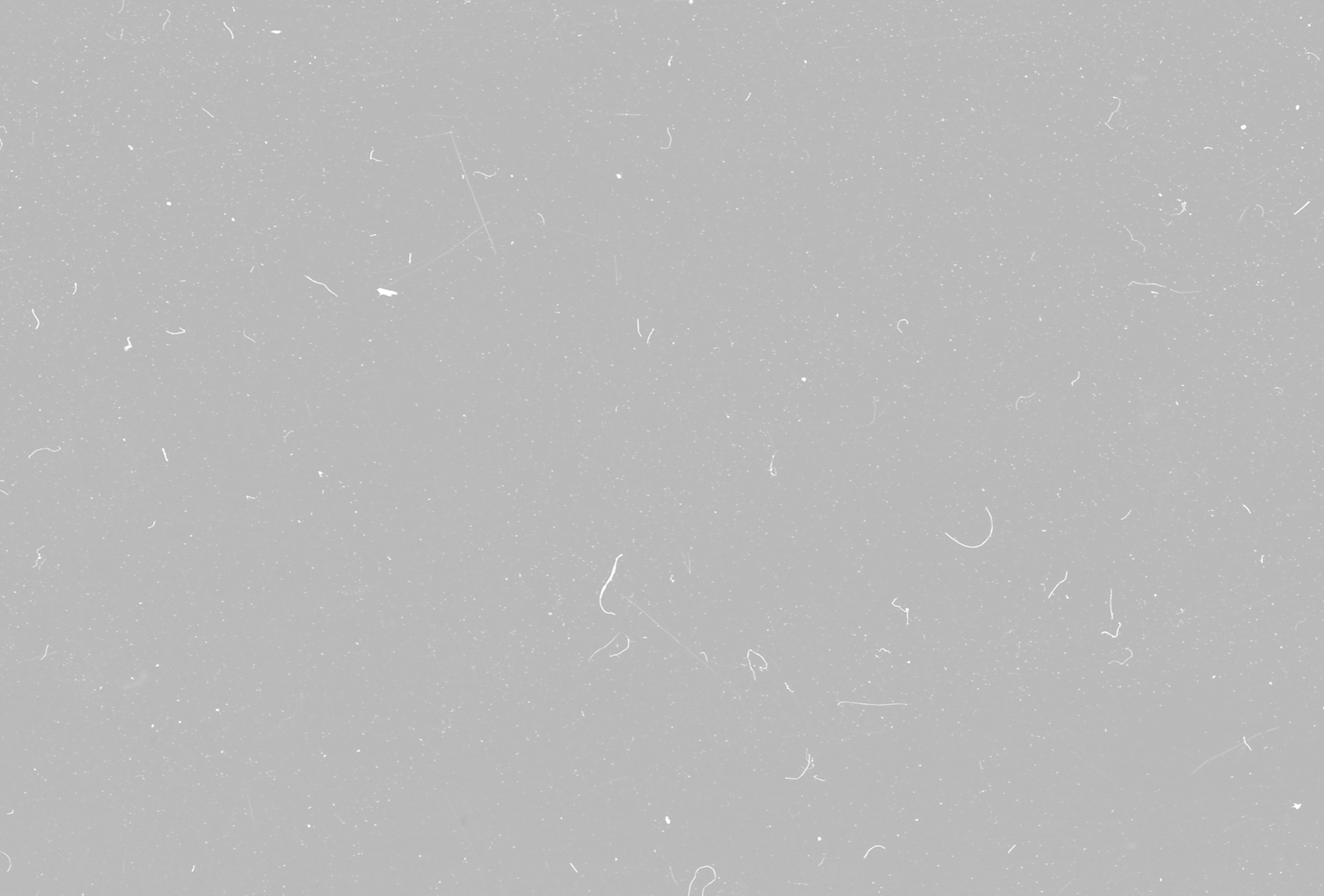














movie and its amazing possibilities
Magic without words:
The first ones are short films

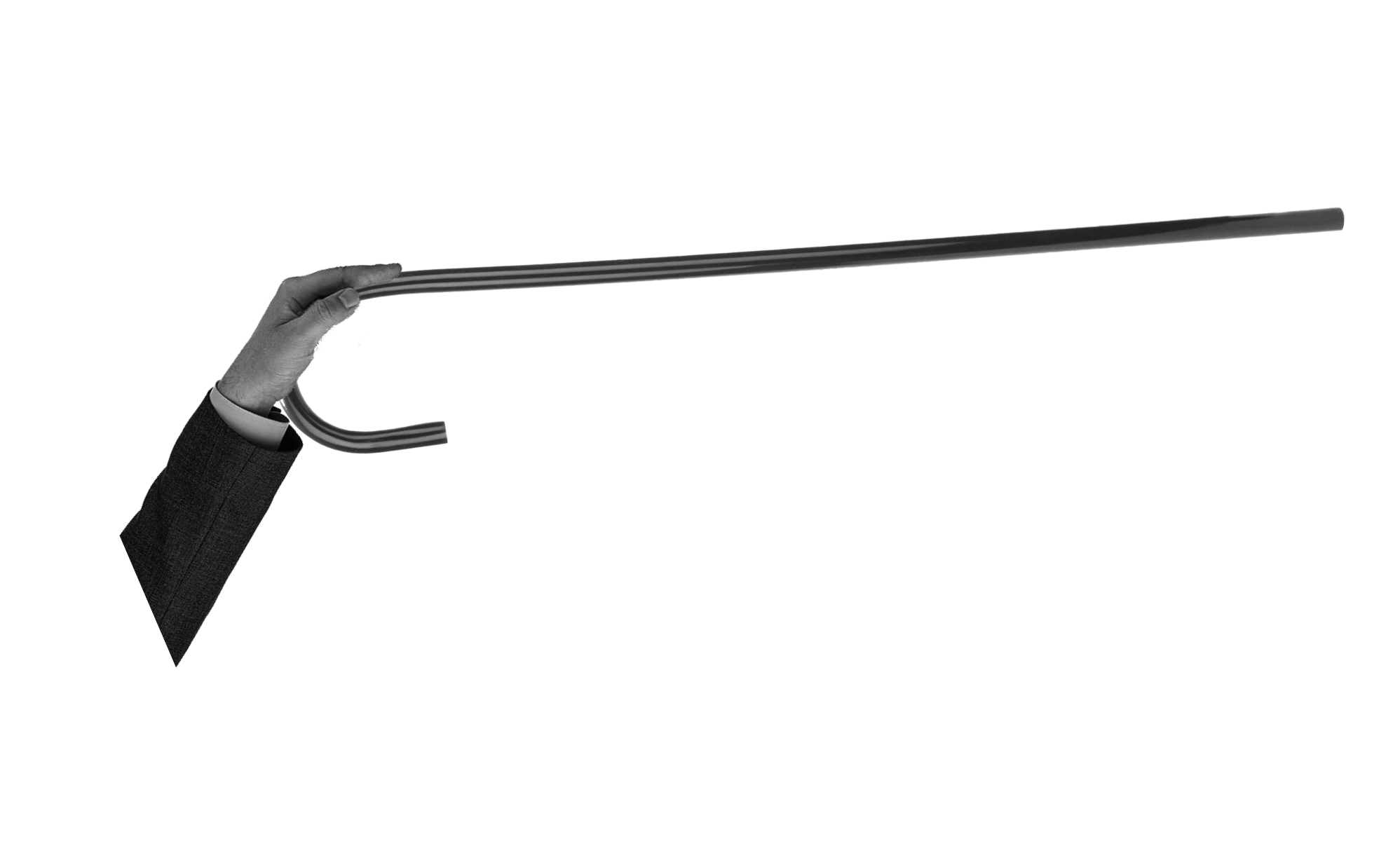
The first silent films lasted no more than a minute because the reel of a movie camera could not accommodate the long film.
mise en scene
Silent film directors carefully considered the positioning of actors and objects on the stage so that the audience could feel the feelings and thoughts intended.

Theatrical gesticulation
The gestures and facial expressions of the actors looked very expressive and theatrical. This was necessary to convey what the actor was feeling and portraying on the screen.



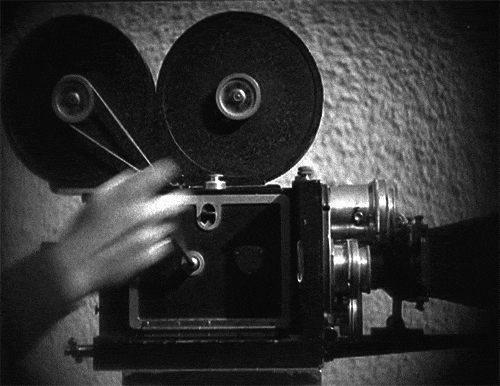
single shot




legs are always in the picture
The actors were always filmed full-length without the use of close-ups, or medium shots
If during the filming of a scene the actor went beyond the predetermined boundaries, the frame was rejected and filmed again. The explanation was simple — "a man cannot walk without legs".

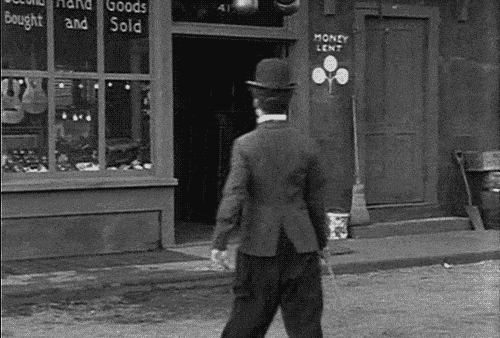
It was difficult to do it without words. To a modern viewer, such acting seems comical and even mannered.
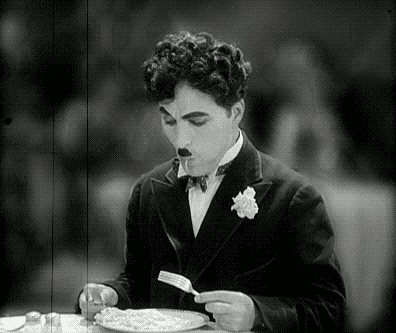
The first silent films were shot without editing in one shot. The filming was like recording a play.
The sets were objects and buildings painted on canvas. The prefabricated set system had not yet been invented.
















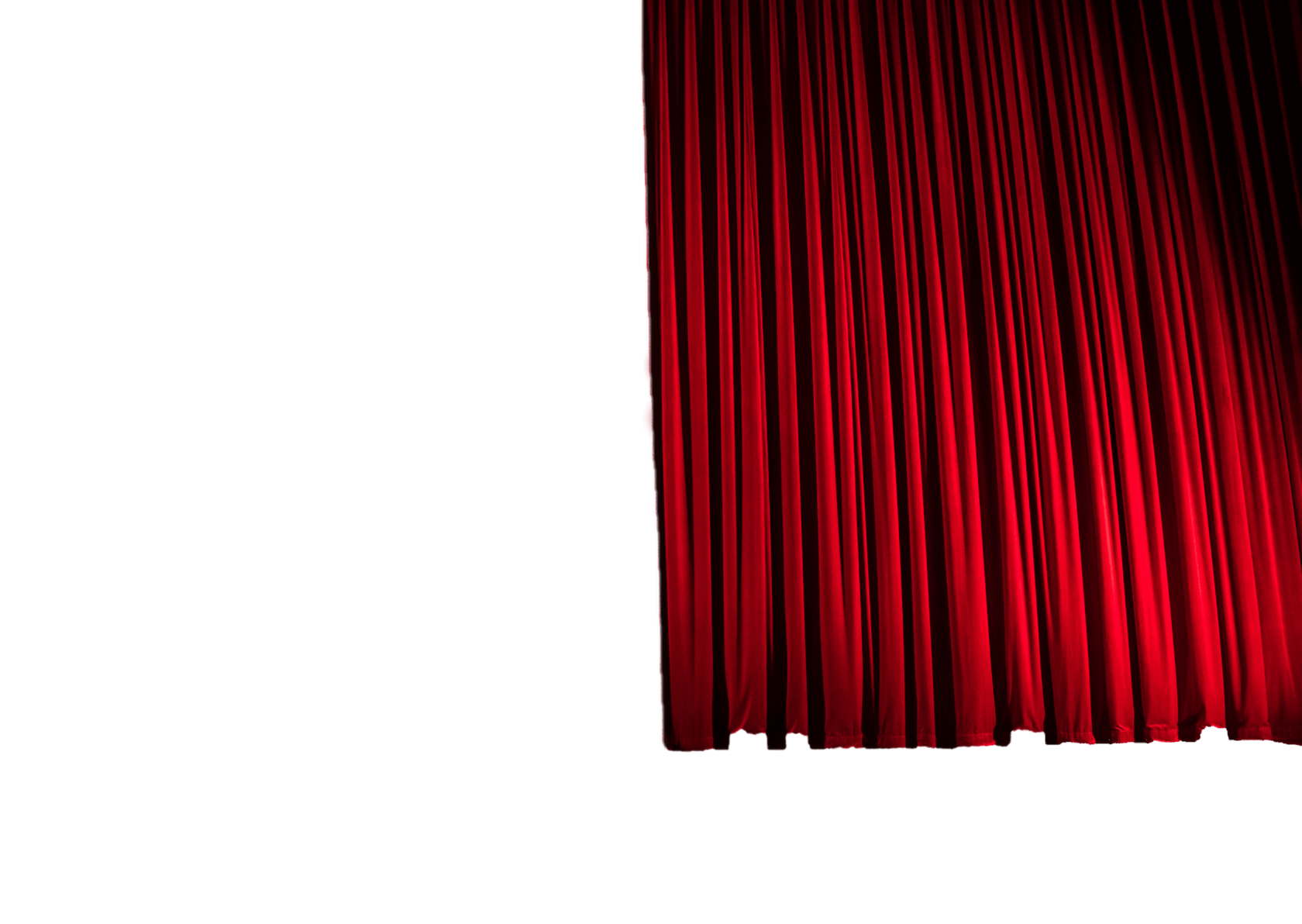




From silence to sound
the sunset of the silent movie era
Thanks to the absence of sound, what was happening in the picture was understandable in any language.
But with the introduction of telephony into everyday life, people realized the inevitability of sound in movies.










Musical
accompaniment
A pianist, an organist, or a whole orchestra played. They could improvise or play in accordance with the melody given for the movie.



phonograph
The device was invented by Thomas Edison in 1877. It not only reproduced sound like its predecessors, but also recorded it.




commentators
The people behind the movie camera took on this role. They turned the crank of the machine and at the same time talked about what was happening on the screen.




Explanatory
Such internal credits explained what was happening on the screen or quoted dialog played out by silent actors.
inscriptions







Tatiana Reznikova
Tatiana Reznikova
Tatiana Reznikova
Tatiana Reznikova

designer
Tatiana Reznikova

screenwriter
Tatiana Reznikova

artist
Tatiana Reznikova

animator
Tatiana Reznikova

This site has been developed for educational purposes. All materials belong to their copyright holders.
Instagram
Telegram














